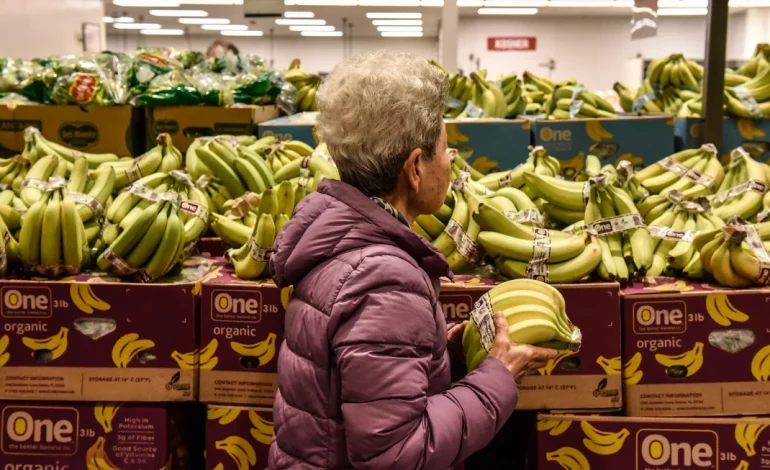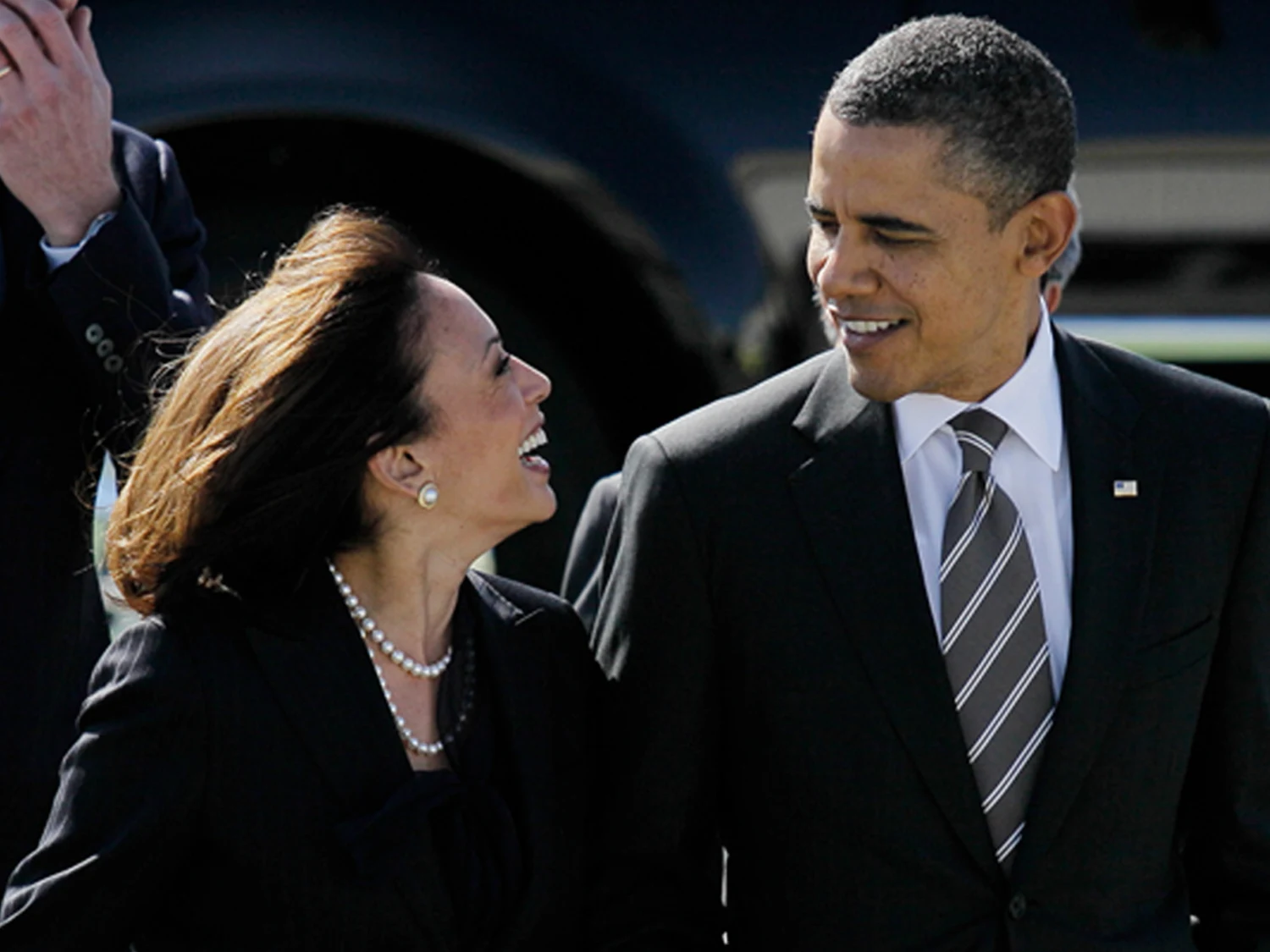President Donald Trump’s recent tariff announcements are set to impact grocery prices across the United States.
In his address, Trump described groceries as an “old-fashioned” and “beautiful term,” but his policies will make them more expensive, according to supermarket executives and food industry experts.
Supermarkets in the US rely heavily on imported goods, from fresh foods to household products. Last week, Trump implemented a 10% tariff across the board for goods from various countries, with higher reciprocal tariffs imposed on 60 countries and trade blocs starting today. This means US businesses importing products will have to pay more, and those increased costs will eventually be passed on to consumers.
Experts predict price hikes on a wide range of items, including seafood, coffee, fruit, cheese, nuts, candy bars, and other imported goods. Additionally, products containing packaging materials such as plastic and aluminum, which are sourced from abroad, will also see price increases. Perishable goods will likely be affected first, with longer-lasting products following. Shoppers may also encounter smaller product sizes, known as “shrinkflation,” or find that certain products are no longer available as companies adjust their pricing strategies.
John Ross, CEO of IGA, a chain of independent grocery stores, noted that customers should expect price increases within the next couple of weeks, and more widespread changes across stores in the coming 90 days. According to estimates from Yale University’s Budget Lab, food prices are expected to rise by about 2.8% overall due to the tariffs, with fresh produce seeing a 4% increase. These price hikes will likely have a more significant impact on lower-income households, as they typically allocate a larger portion of their budgets to essential groceries.
Smaller grocery chains and companies that rely on imported goods are likely to experience price increases more quickly than larger retailers like Walmart or Costco. For instance, small distributors, such as those supplying Morton Williams grocery stores, are already passing along price hikes on products like olive oil and canned tuna. One supplier of bananas, sourced from Guatemala, has already announced a 10% price increase, which will likely result in an additional cost of 4 cents per banana case.
The United States imports about 17% of its total food and beverage consumption, with seafood, coffee, fresh fruit, and vegetables being particularly reliant on imports. Leslie Sarasin, president of the food industry group FMI, emphasized the importance of global supply chains in maintaining affordable and diverse food options for American consumers. However, food products from Mexico and Canada, which supply a significant portion of US groceries, are exempt from these new tariffs due to the USMCA free trade agreement.
Rising grocery prices are not new to US consumers. Since 2021, grocery prices have increased by approximately 23%, with certain items, such as coffee and chocolate, seeing even sharper rises. These price hikes have already begun to affect consumer behavior, with shoppers opting for smaller trips, switching to private-label brands, and cutting back on discretionary spending.
The impact of these tariffs will vary, with certain items, such as children’s clothing and toys, expected to see significant price increases. According to the Yale Budget Lab, clothing items, especially children’s clothing made in Asia, could see price increases of up to 50%. Items like children’s sneakers and car seats could also see substantial price hikes. Families who rely on these imported goods may face challenges, especially if they are already struggling with rising living costs.
The tariffs’ consequences will be most strongly felt by low-income families. Many already struggle to afford necessities, and the additional cost burden will likely make it even more difficult for them to meet basic needs. Programs that provide food assistance and other forms of relief are likely to see increased demand as more families find it difficult to make ends meet.
With the increased cost of living already a concern for many, these tariff-induced price hikes could add to the financial strain. Experts predict that this may lead to further reductions in consumer spending, especially on non-essential goods. Households may be forced to reconsider their spending priorities, potentially even cutting back on family vacations and other discretionary expenses.










The latest news in your social feeds
Subscribe to our social media platforms to stay tuned